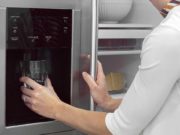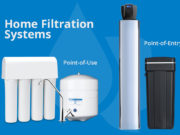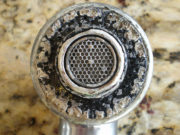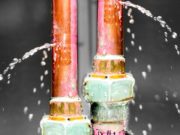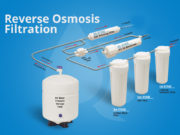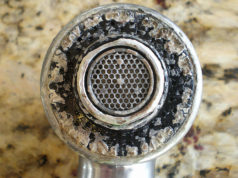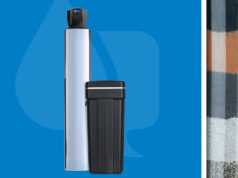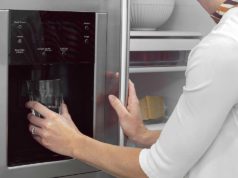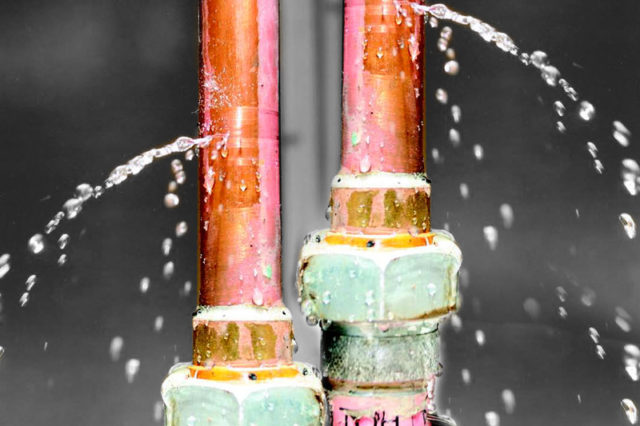
Water – Seems Simple Enough
Most of us have lived for years without giving water a second thought. You turn the faucet, and there it is. However, as of January 10, 2014 the OC Register reported nearly 20 copper pipe related lawsuits with claims related to the water flowing through them. And that’s just in Orange County, California.
What’s Going On?
A lot, especially if your home was constructed in 2001 or later. The cause for potential copper pinhole leaks is due to the lower quality, thin walled copper and their reaction with:
- the chlorine and chloramines used to sanitize the water
- high pH levels
- elevated water pressure
- organic matter inherent in natural water
- your water heater
Worse still, it could be all these things working together to corrode your copper pipes.
Even if your home is pre-2001 construction, you’re still at risk
Even if your home is pre-2001 construction, you’re still at risk. A long-held misconception about copper plumbing is that it is intended to be permanent. When copper water piping first became the standard in the 1960s, it was actually expected to last for 25 to 40 years. Sooner or later (sooner if you have hard water) copper pipes will fail.
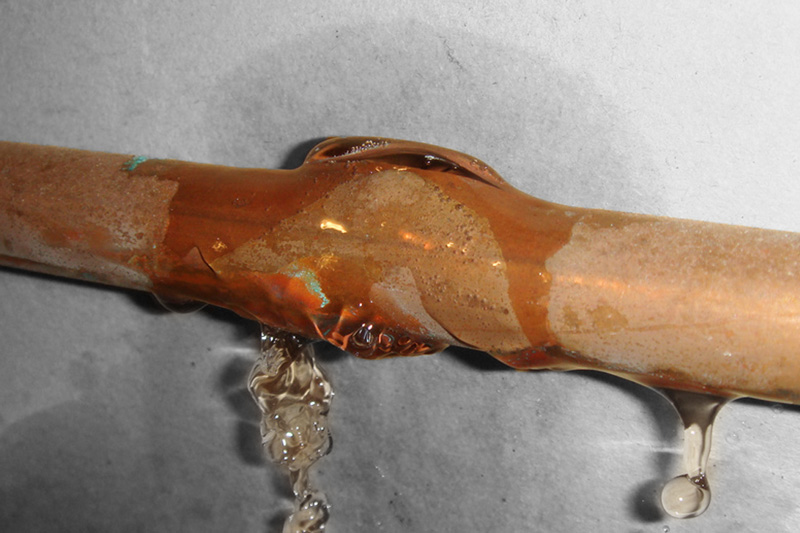
Hard Water can affect more than just your copper plumbing
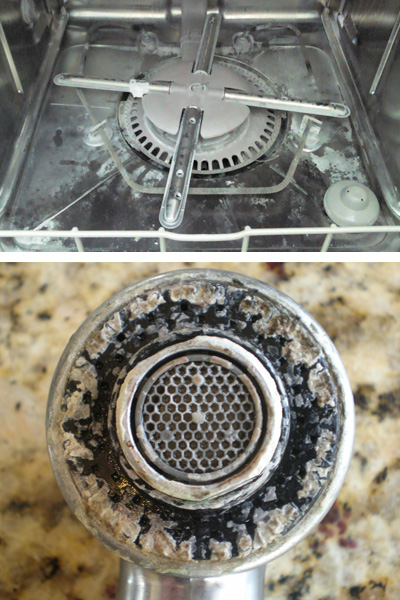
Some Hard Water Indicators
If you are experiencing:
- white/green scale build-up on your faucets and shower heads
- bathtub rings or white film on your shower door
- white residue in your dishwasher
- spots on dishes, glassware and cutlery
These are signs of hard water or excess total dissolved solids in your water. This corrosive water is not the just affecting your pipes, your water heater, your washing machine, refrigerator, dishwasher are at risk as well. In most cases, hard water is considered a “corrosive environment” and can void your warranty.
What Can Be Done?
Unfortunately, once your pipes have started leaking, the damage is done and they will need to be treated or replaced. If they are not leaking, you can slow the damage, or prevent it all together with the use of a water conditioning/refinement system.
We need chlorine in the water as a disinfectant to ensure it is safe to consume . The treated water needs to remain treated as it travels to your home through a series of pipes. This is important because if there is a break in the transport pipes, there is a risk for the water to become contaminated. The chlorine keeps the water disinfected en route to your home. Once the water has reached your home, it’s best to remove the chlorine and any chloramines which may exist.
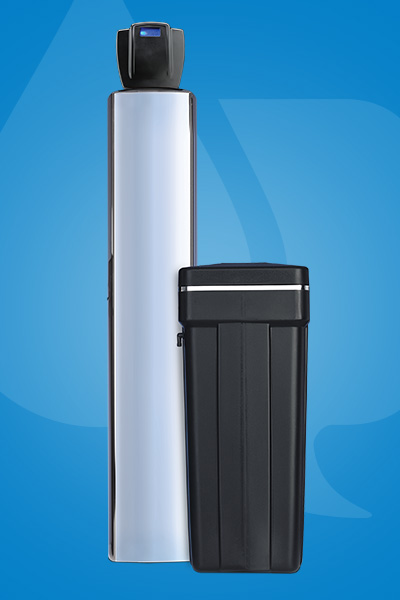
The Good News
Installing a point-of-entry (POE) water conditioning/refinement system provides the final barrier to reduce the contaminants of concern before the water is used thereby extending the life your pipes, fixtures and water using appliances. Sometimes if your water pressure is too high, installing a regulator is necessary to ensure proper flow to the system and your home. Installing a point-of-use (POU) multi-stage reverse osmosis (RO) system under your sink in the kitchen with a dedicated faucet provides clean water for cooking and drinking. You can learn a little more about water treatment options for your home here.
“Safe” doesn’t necessarily mean “best for your health” or “best for your home” when it comes to your water. It is your city’s responsibility to get “safe” water to your home, it is your choice and responsibility to improve on it.
And the good news is you can.
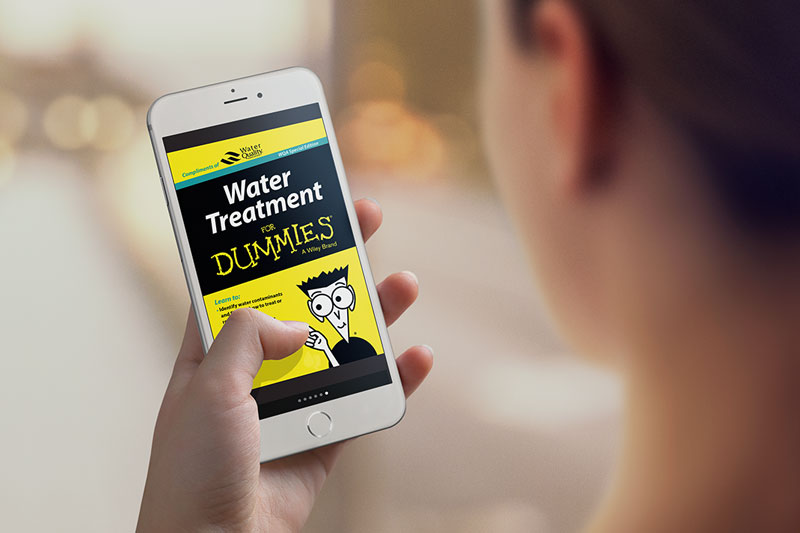
Got Questions?
Water Treatment for Dummies – is a quick easy read packed with useful information about common water problems and how to solve them.
It’s FREE, and you can get your copy now by clicking here.



